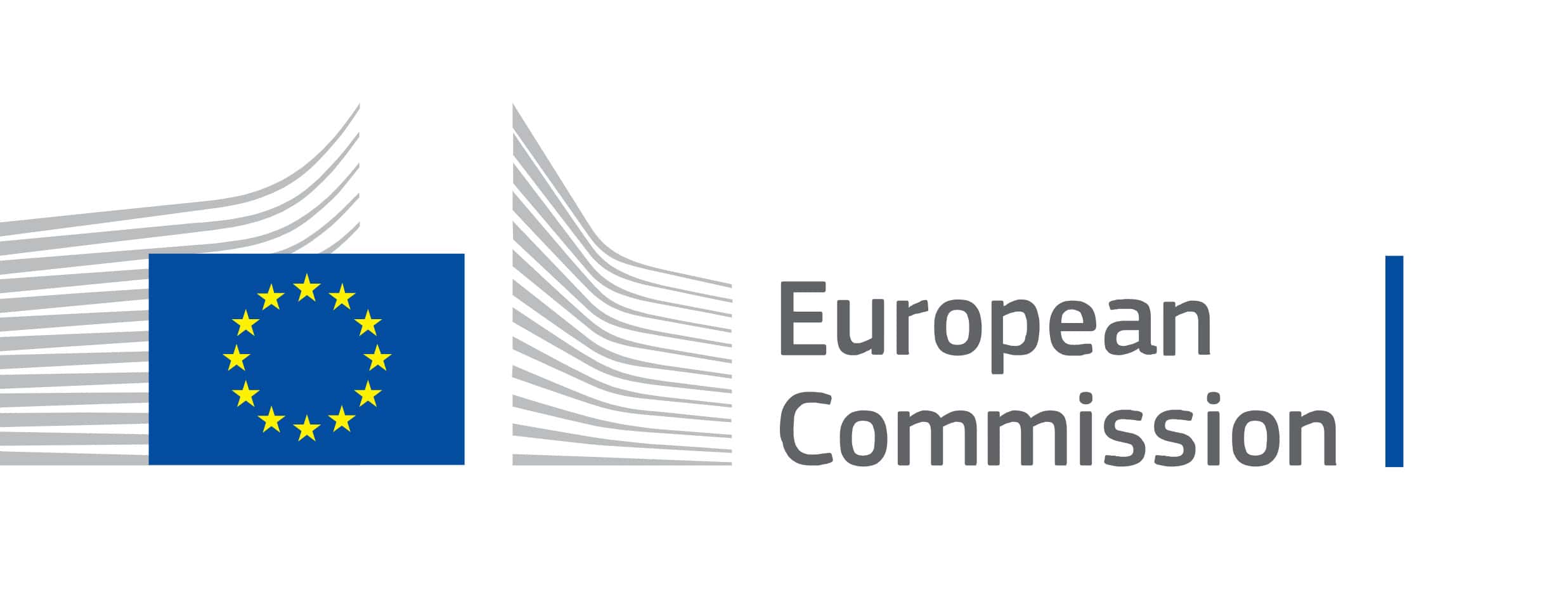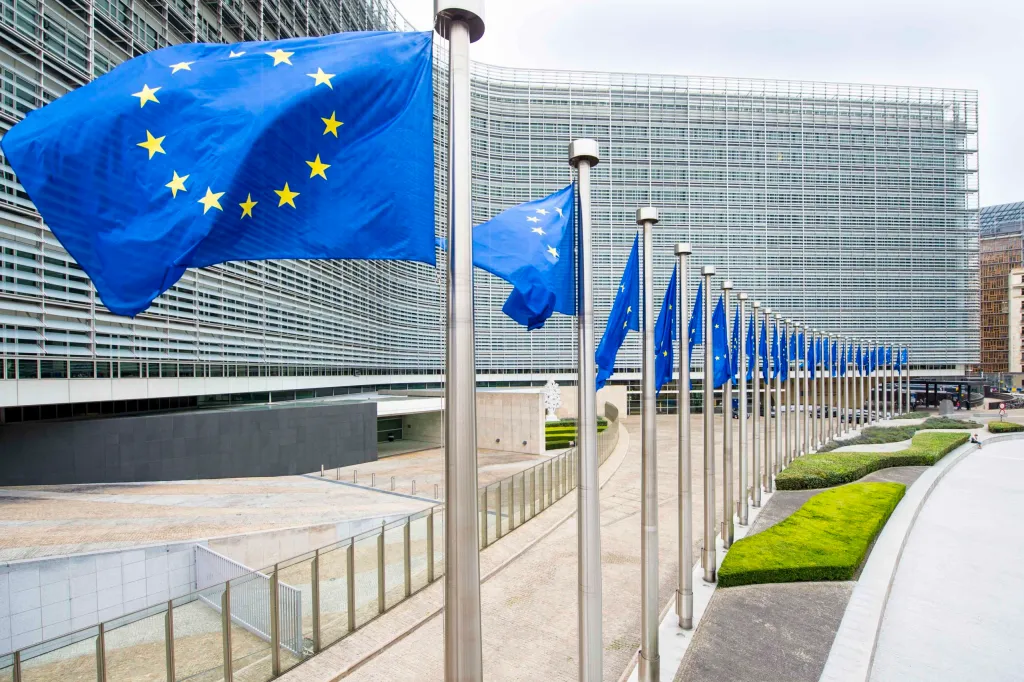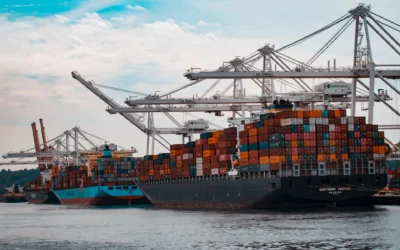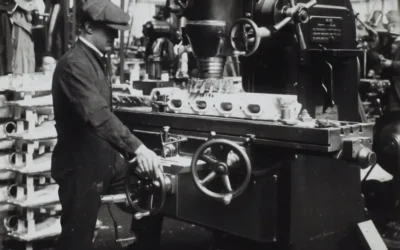6 Takeaways from the European Commission’s 2022 Green Deal.
Last week, the European Commission presented a new package of proposals, accelerating the legal framework, to ensure that sustainable products, become the norm in the EU. These are grouped under a package of measures called The European Green Deal.
This comes 2 years after they announced their Circular Economy Action Plan, which included measures for the entire life cycle of products, to ensure the European economy is fit for a green future.
The New 2022 Action Plan, includes things like mandatory requirements to reduce overpackaging. A new regulatory framework for batteries for enhancing the sustainability and boosting the circular potential of batteries and a Circular Electronics Initiative, to have longer product lifetimes, and improve the collection and treatment of waste.
Credit: Etienne Ansotte / European Commission
We’ve made a quick summary of last week’s announcements, here are 6 takeaways:
The Green Deal Proposals: Quick Guide
Revolutionizing Textile Sustainability
The Green Deal, includes a new strategy to make textiles more durable, repairable, reusable and recyclable, to tackle fast fashion, textile waste and the destruction of unsold textiles, and ensure their production takes place in full respect of social rights.
Designing for the Environment:
A Core Strategy
The European Commission’s Green Deal, suggests that up to 80% of a products environmental impact can be addressed at the design stage. That’s why the proposal, sets new requirements to make products more durable, reliable, reusable, upgradable, reparable, easier to maintain, refurbish and recycle, and energy and resource efficient.
Introducing Digital Product Passports
All regulated products will have Digital Product Passports. It will contain product-specific information requirements, to ensure consumers know the environmental impacts of their purchases.
“The idea is to identify the most important information about the makeup of each product so that users across the supply chain can reuse it or treat it correctly at waste management facilities.”
Kira Taylor
You can read more about the Digital Product Passports here: https://www.euractiv.com/section/circular-economy/news/eu-plans-digital-product-passport-to-boost-circular-economy/
Ending the Cycle of Waste
The proposal also contains measures to end the destruction of unsold consumer goods, as well as expand green public procurement and provide incentives for sustainable products.
Expanding and Clarifying Ecodesign Requirements
The existing Ecodesign framework is now broader in a couple of ways: first, to cover the widest possible range of products; and second, to increase the scope of the requirements with which products are to comply. There is more clarity now with the criteria for energy efficiency, and also for circularity, as well as overall reduction of the environmental and climate footprint of products. In the future, we can expect a framework and a process through which the Commission will progressively set out requirements for each product or group of products.
You may want to see the recently published “Ecodesign and Energy Labelling Working Plan”, for more specific details about the products that are being given high priority.

Setting New Standards for Sustainable Textiles
Last but not least, there are some specific guidelines talking about sustainable and circular textiles, which by the way has the fourth highest impact on the environment. In the future, we can expect ecodesign requirements for textiles, a digital product passport, and even a mandatory extended producer responsibility scheme. There will be specific measures to tackle the unintentional release of microplastics from textiles, measures to ensure the accuracy of green claims, and even guidances aimed at minimising fast fashion, calling companies to reduce the number of collections per year.
The European Commission is making quick progress to ensure Europe meets their sustainability goals. The existing Ecodesign rules, brought remarkable reductions in EU’s energy consumption. Just in 2021, these measures helped save consumers over €120 billions and led to a 10% lower annual energy consumption by the products included in the scope.
This new set of proposals can lead to 132 mtoe of primary energy savings, by 2030. This is close to 150bcm of natural gas. To understand this scale, this is the amount of gas the the EU imports yearly from Russia.
Explore more related content
12 reasons why Microfactories are the future of manufacturing
12 reasons why Microfactories are the future of manufacturingMicrofactories: The Future A few days ago, Peter Goodman...
Your products aren’t designed for automation. This is costing you millions
Your products aren’t designed for automation. This is costing you millions.As product designers and engineers, we are...
5 predictions for manufacturing in 2022
5 predictions formanufacturing in 2022Manufacturing Trends in 2022With 2022 here, it’s exciting to imagine what this...




